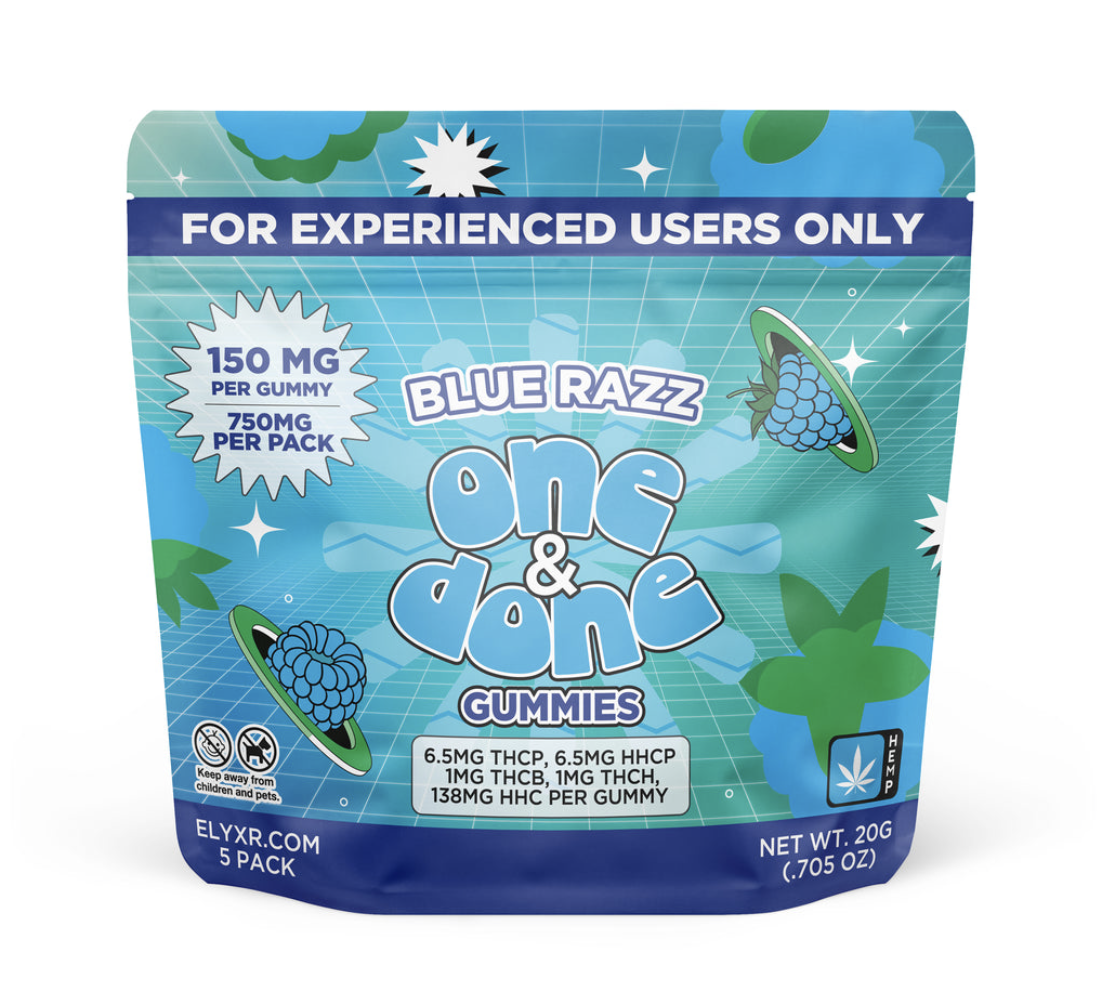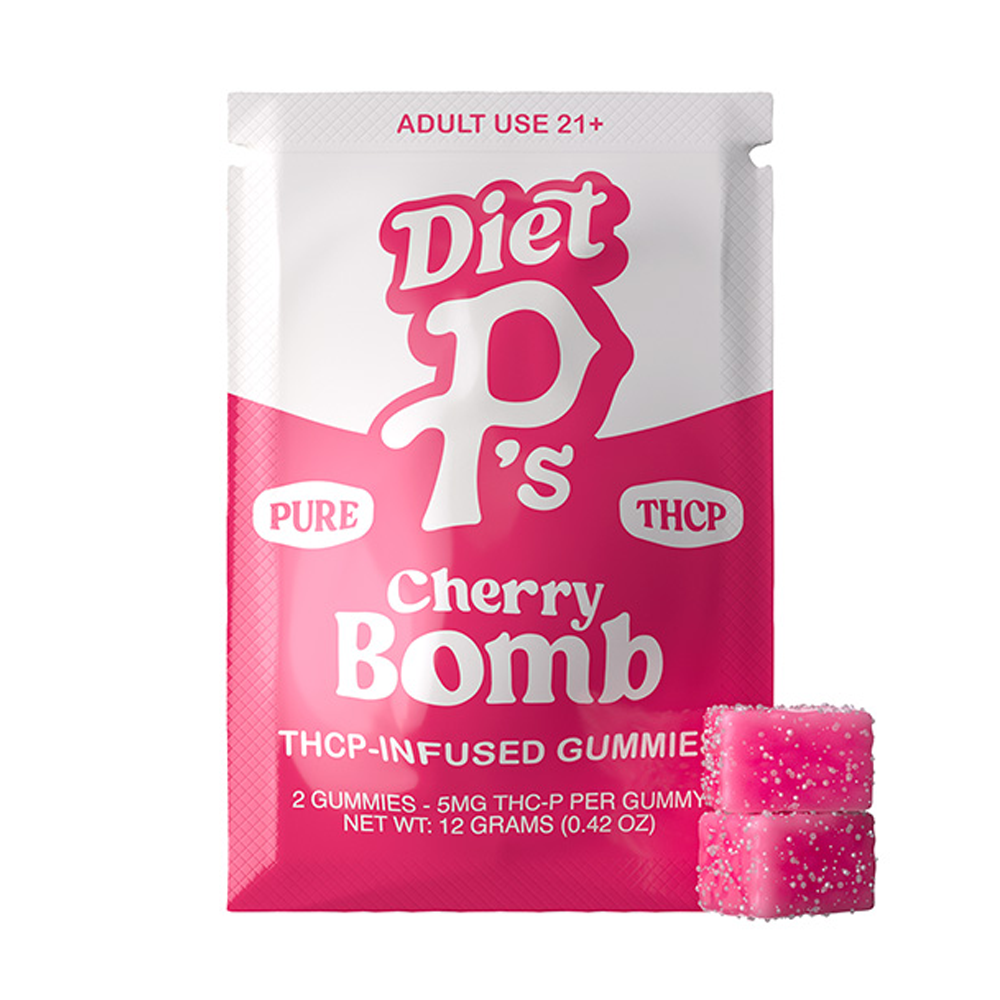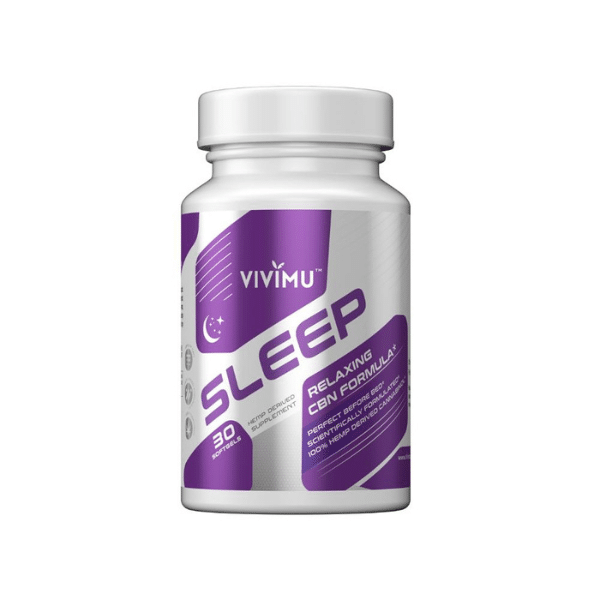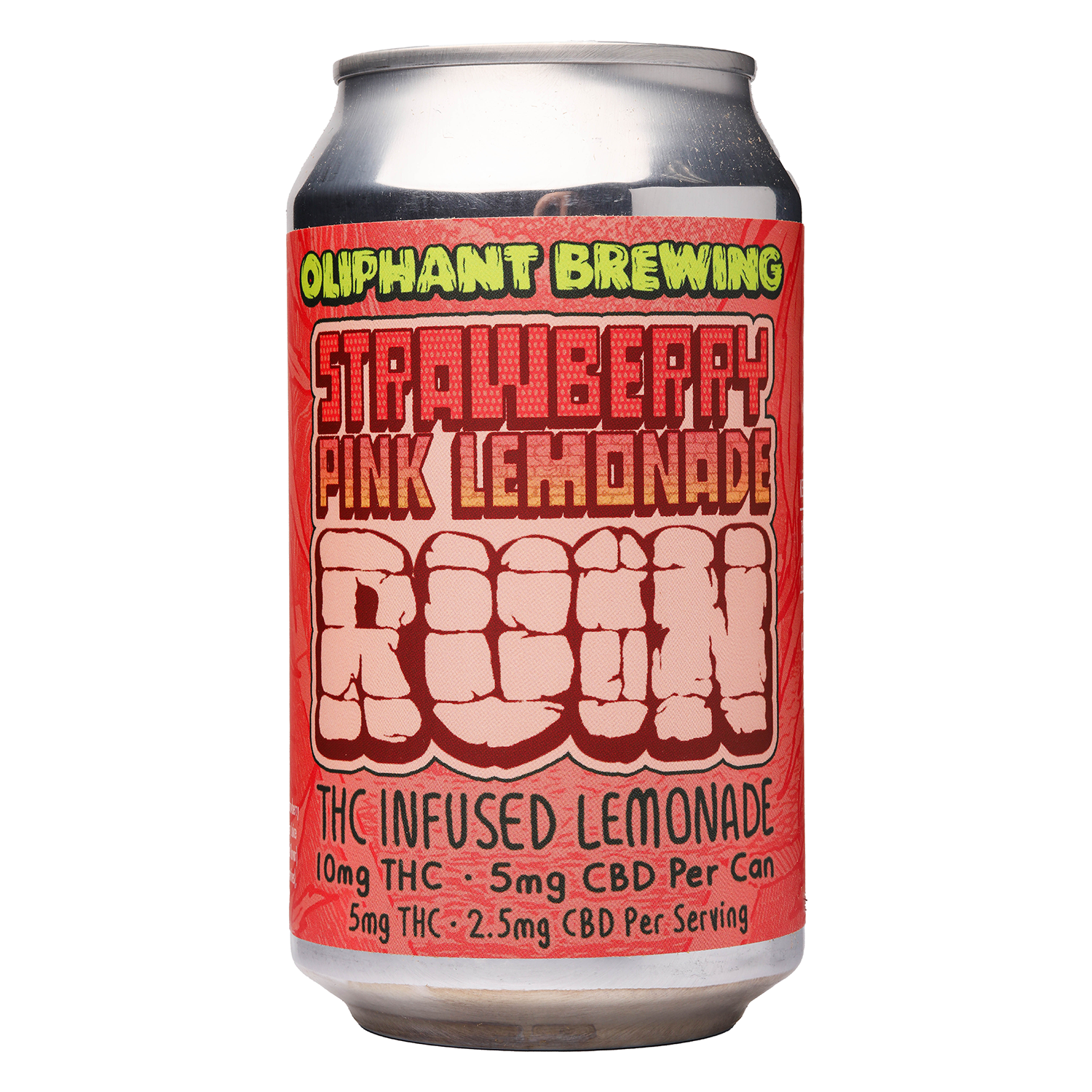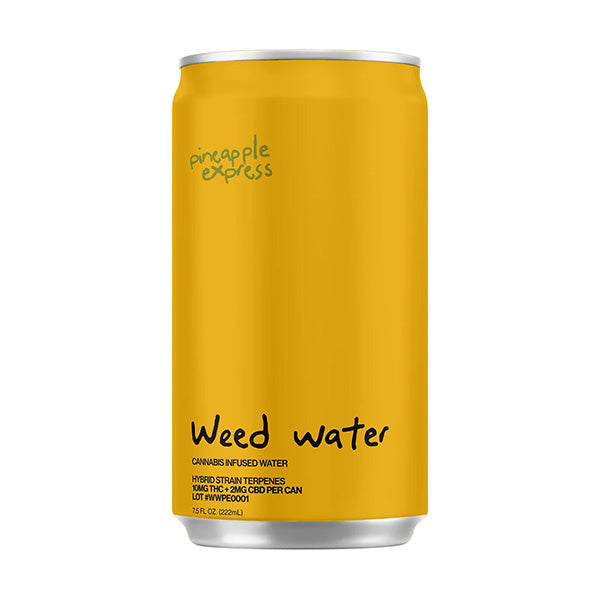In the ever-evolving world of cannabis science, one compound is beginning to steal a bit of the spotlight: CBGa. Known as the “mother of all cannabinoids,” CBGa (short for cannabigerolic acid) plays a crucial role in the development of many of the cannabinoids we know and love, including THC, CBD, and CBC.
While not as widely discussed as its more famous offspring, CBGa is fundamental to the cannabis plant’s chemical makeup. Understanding CBGa not only helps you appreciate the intricacies of cannabis chemistry but also opens up new doors to potential wellness applications that are still being uncovered by researchers.
In this guide, we’ll take a deep dive into what CBGa is, how it works, and why it might be worth keeping on your cannabinoid radar.
What is CBGa?
Cannabigerolic acid (CBGa) is one of the first cannabinoids formed in the cannabis plant. It’s a non-intoxicating acidic cannabinoid that acts as a precursor to other major cannabinoids. In simpler terms, CBGa is like the chemical grandparent of THC, CBD, and CBC. Without CBGa, those cannabinoids wouldn’t exist. It’s synthesized early in the plant’s growth cycle and eventually gets converted into other compounds through enzymatic reactions.
While most of it transforms into other cannabinoids, small amounts of CBGa can remain in raw cannabis, particularly in young or specially bred plants. Although it won’t get you high, CBGa holds therapeutic potential of its own, with early research suggesting possible benefits for inflammation, metabolism, and even certain diseases.

How CBGa is Made in the Plant
The production of cannabigerolic acid is a biochemical marvel. It begins with two compounds: geranyl pyrophosphate and olivetolic acid. When these two molecules combine, they form CBGa, setting the stage for the synthesis of all other cannabinoids.
The transformation of the CBGa molecule into THCa (tetrahydrocannabinolic acid), CBDa (cannabidiolic acid), and CBCa (cannabichromenic acid) depends on the presence of specific enzymes in the cannabis plant. These enzymes act like switches, guiding CBGa down different chemical paths. This is why some strains are more dominant in THC, while others are rich in CBD or CBC.
Once the plant matures and is exposed to heat, these acidic forms lose their carboxyl group through a process called decarboxylation, converting them into the active cannabinoids we commonly use. What makes CBGa fascinating is how pivotal it is in shaping the entire cannabinoid profile of a plant.
CBGa vs. CBG: What’s the Difference?
Both CBGa and CBG are closely related but not interchangeable. CBGa is the acidic precursor to CBG, meaning that it converts into CBG when exposed to heat or prolonged light. Chemically, the difference lies in the presence of a carboxylic acid group in CBGa, which is lost during decarboxylation.
This small change has significant implications. CBG is often dubbed the “stem cell” cannabinoid because it has a wide range of potential applications, but it can’t exist without CBGa first forming in the plant. Functionally, CBG has been studied more extensively for therapeutic uses like anti-inflammatory and neuroprotective effects, but CBGa is starting to attract attention in its own right.
The key takeaway? CBGa is the original compound that gives rise to CBG—and many other cannabinoids too.
CBGa and the Cannabinoid Pathway
To fully appreciate CBGa, you have to look at the cannabinoid pathway. This biological route determines which cannabinoids end up being dominant in any given cannabis plant. CBGa sits at the top of this pathway, acting as the parent molecule. From there, specialized enzymes convert CBGa into THCa, CBDa, or CBCa, which then become THC, CBD, or CBC after decarboxylation.
This conversion process is like a fork in the road, with each enzyme steering the plant’s chemistry in a particular direction. This is why breeders focus heavily on genetics: to influence which enzymes are present and how efficiently they convert CBGa.
Without CBGa at the start of this journey, none of the other cannabinoids would develop. So when you spark a bowl or drop a tincture under your tongue, you have CBGa to thank for laying the groundwork.
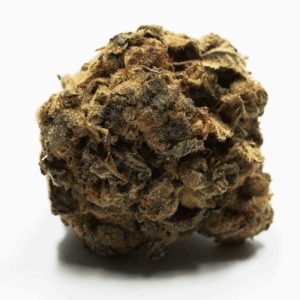
Is CBGa Psychoactive?
Despite its central role in cannabinoid development, CBGa is not psychoactive. That means it won’t produce the high commonly associated with THC. One of the reasons for this is that CBGa doesn’t strongly bind to the CB1 or CB2 receptors in the endocannabinoid system, which are primarily responsible for the psychoactive and physiological effects of cannabinoids.
Instead, CBGa seems to influence other pathways in the body, such as transient receptor potential (TRP) channels and peroxisome proliferator-activated receptors (PPARs). These interactions may still yield therapeutic effects but without altering your mental state. So if you’re looking for non-intoxicating cannabis-based options, cannabigerolic acid could be worth exploring.
Potential Benefits of CBGa
While research on CBGa is still in its early stages, preliminary findings are promising. Scientists have identified a number of potential therapeutic effects, many of which align with those seen in its more famous descendants.
One of the standout areas is inflammation. CBGa has shown potential to reduce inflammatory responses in laboratory settings, which could be useful for chronic conditions like arthritis or inflammatory bowel disease (IBD).
Another area of interest is metabolic health. Some studies suggest that CBGa may help regulate lipid metabolism and blood sugar levels. There’s also early evidence indicating that CBGa could have anti-cancer properties, particularly in relation to colon cancer cells.
Though more research is needed, the range of possibilities makes CBGa a most potent cannabinoid to watch.
Anti-Inflammatory Effects of CBGa
Inflammation is at the root of many chronic health conditions, from arthritis to cardiovascular disease. CBGa appears to inhibit enzymes that trigger inflammation, such as cyclooxygenase-2 (COX-2).
In lab studies, this has translated to reduced inflammatory markers and less tissue swelling. These effects could have broad implications for managing inflammatory conditions without relying solely on NSAIDs or steroids.
While human trials are still lacking, the consistency of CBGa’s performance in early models suggests it holds genuine therapeutic potential. Incorporating CBGa into wellness routines could offer a more natural approach to inflammation management in the future.
CBGa and Metabolic Health
Metabolic disorders like obesity, type 2 diabetes, and high cholesterol are becoming increasingly common, and researchers are constantly searching for new ways to address them. Enter CBGa.
Some studies have shown that CBGa activates AMP-activated protein kinase (AMPK), an enzyme that plays a crucial role in cellular energy homeostasis. When AMPK is activated, it helps regulate lipid and glucose metabolism, potentially lowering blood sugar levels and improving insulin sensitivity.
These effects could make CBGa a valuable tool in managing metabolic health, especially when combined with lifestyle changes like diet and exercise. Though it’s still early days, the science is heading in an exciting direction.
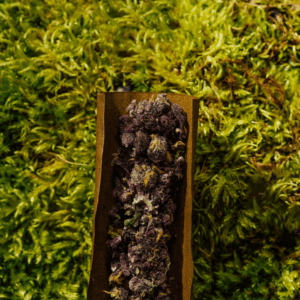
CBGa’s Antioxidant Potential
Another intriguing benefit of CBGa is its antioxidant activity. Free radicals—unstable molecules that damage cells—are a major contributor to aging and chronic diseases. Antioxidants neutralize these free radicals, helping protect the body from oxidative stress.
In preliminary lab studies, CBGa has demonstrated the ability to act as an antioxidant, reducing oxidative markers and preserving cellular integrity. This could make it useful not just for general wellness but also in the prevention of age-related conditions like neurodegenerative diseases. While you shouldn’t swap your entire antioxidant routine for CBGa just yet, it might become a solid supplement to consider.
CBGa and Cancer Research
Perhaps one of the most compelling areas of CBGa research involves cancer. Although it’s far from being an approved treatment, early studies suggest that CBGa may have anti-cancer properties.
For instance, one study found that CBGa inhibited the growth of colon cancer cells and even promoted apoptosis, or programmed cell death. This is particularly exciting because colon cancer is one of the leading causes of cancer-related deaths worldwide.
It’s important to note that these studies were conducted in vitro (in a lab setting), so they don’t directly translate to human treatments. Still, the results warrant further investigation and add another layer to CBGa’s therapeutic potential.
CBGa and Seizures
Seizure disorders like epilepsy are notoriously difficult to manage, and while CBD has become a go-to for many, researchers are starting to look at other cannabinoids too. CBGa has shown potential anticonvulsant properties in preclinical studies, likely due to its interaction with TRP channels that help regulate neuronal excitability.
These effects are subtle but promising. In fact, some researchers are calling for more in-depth studies to explore CBGa’s potential as a seizure treatment. If proven effective, it could one day serve as a complement to or alternative for CBD in seizure management therapies.
How to Use CBGa
If you’re interested in trying CBGa, you have a few options. The key is to avoid heat, as it will convert CBGa into CBG. Here are some common formats:
- Raw cannabis CBGa flower: Consuming fresh cannabis by juicing or blending preserves its acidic cannabinoids.
- Tinctures and oils: Some products are specifically formulated to retain CBGa and other acid forms.
- Capsules: Offer controlled dosing without the taste.
- Topicals: Ideal for localized inflammation or skin issues.
Whichever method you choose, be sure to read product labels carefully and look for third-party testing to confirm CBGa content.
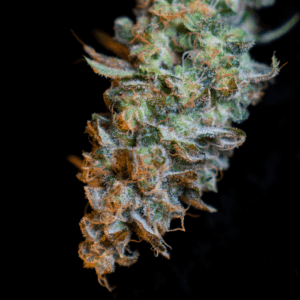
CBGa in Full-Spectrum vs. Isolated Products
You’ll often see cannabigerolic acid available in both full-spectrum and isolated formats. Full-spectrum products contain a range of cannabinoids, terpenes, and flavonoids, all working together via the entourage effect to potentially boost overall efficacy. Isolated CBGa, on the other hand, is pure and unaccompanied by other compounds.
Which is better? It depends on your goals. If you’re seeking a more holistic experience, full-spectrum might be the way to go. But if you want to precisely control your intake or avoid THC, isolates offer clarity and consistency.
What Does CBGa Feel Like?
Because it’s non-psychoactive, CBGa won’t make you feel high. Users often report feeling more grounded, focused, or simply “better” in a subtle way. The effects are not overt or intense, but they can support a general sense of balance and wellness.
If you’re familiar with how CBD feels, expect something even milder and more understated. Of course, individual responses can vary, and the delivery method can influence how noticeable the effects are.
Is CBGa Legal?
Yes, CBGa is federally legal in the United States as long as it’s derived from hemp and contains no more than 0.3% THC.
However, state laws can vary, so it’s important to check your local regulations before purchasing or using CBGa products. Always buy from reputable sources that provide third-party lab testing to ensure quality and compliance.
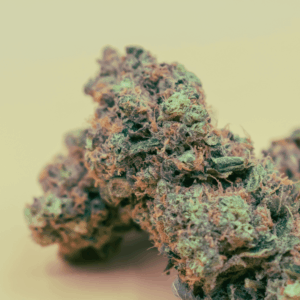
Final Thoughts
CBGa might not be the most talked-about cannabinoid yet, but its importance can’t be overstated. As the biosynthetic precursor to nearly every other cannabinoid, it plays a foundational role in the cannabis plant’s chemistry.
Plus, with early research hinting at its potential benefits for inflammation, metabolic health, seizures, and even cancer, CBGa concentrations is poised to become a major player in the wellness world. Whether you’re a casual user, a wellness enthusiast, or a cannabis connoisseur, understanding CBGa gives you a deeper appreciation for the plant and all the science that comes with it. Keep an eye on this one—the cannabinoid conversation is just getting started.
Frequently Asked Questions
1. What is CBGa good for?
CBGa is believed to offer several potential health benefits, including anti-inflammatory, antioxidant, neuroprotective, and metabolic effects. Early research suggests it may help regulate enzymes involved in chronic disease, support immune health, and even exhibit anti-cancer properties, though more studies are needed to confirm these effects in humans.
2. Does CBGa make you high?
No, CBGa is non-psychoactive, meaning it does not produce a high. Like CBD, it interacts with the body’s endocannabinoid system without binding directly to CB1 receptors—the receptors responsible for cannabis’ intoxicating effects.
3. What’s the difference between CBD and CBGa?
CBGa is the acidic precursor to CBG, which in turn is structurally distinct from CBD. While both are non-intoxicating and may offer therapeutic benefits, CBGa plays a foundational role in the biosynthesis of other cannabinoids like CBD and THC. CBD is typically more researched and widely available, whereas CBGa is just starting to gain attention for its unique potential.
4. Is CBGa the mother of all cannabinoids?
Yes, CBGa is often referred to as the “mother of all cannabinoids” because it’s the first cannabinoid acid produced in the cannabis plant. Through enzymatic reactions, CBGa is converted into the acidic forms of THC, CBD, and CBC—making it a central player in the plant’s chemical development.





